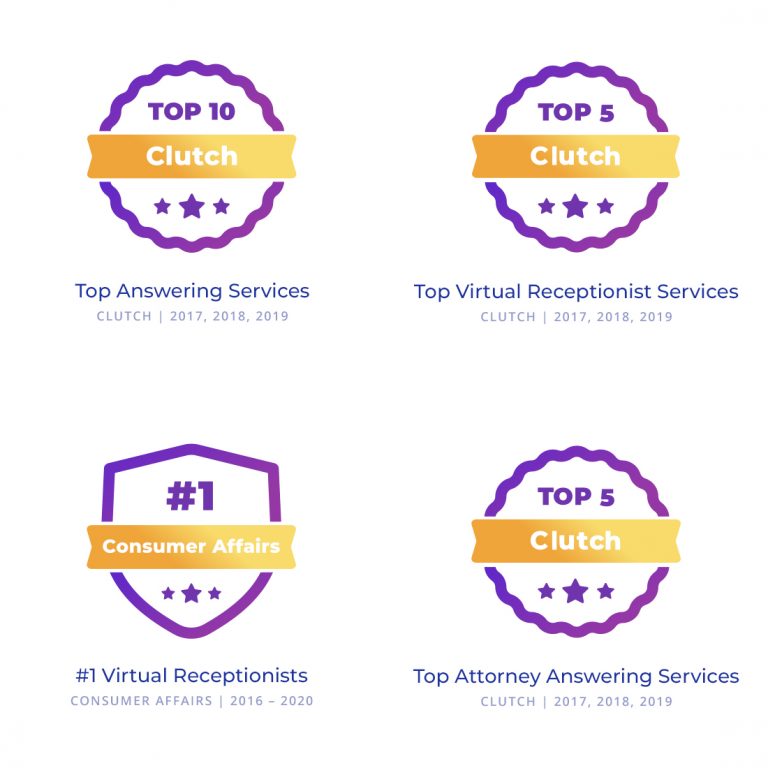
Get Your 10 Productivity Tips for Small Businesses Here!
Small businesses (and their owners) are BUSY.
There’s always more to do than there is time to do it and a limited budget to work with. Every decision you make comes at the cost of another potential opportunity. With so many decisions to be made – product development, marketing, hiring, selecting and managing suppliers, and more – productivity matters more than ever.
With small businesses under more pressures than ever before, you have to get the most out of every hour in order to be successful.
In this blog post we explore 10 tips that will help you improve your productivity, the productivity of your team, and your overall results – giving you the power to leverage your time to achieve successful outcomes starting today:
1. Prioritize
Okay, we know this one is easier said than done. But it is undeniable that the first step to productivity, especially with limited resources, is prioritization.
You, and your team, wear multiple hats and are running possibly numerous processes at once and you have to prioritize your projects, goals, and budgets.
The 80-20 rule will help—80% of outcomes result from 20% of causes. The key to productivity is to identify the inputs that are most productive and focus on those. This takes trial and error. If a project isn’t seeing results, don’t be too proud to put it on pause to focus on what’s working. Once you have more resources, or a new direction, you can give it a try again.
Plus, when it comes to your own time, the 80-20 rule still applies. Focus the majority of your time on what has to be done to keep things rolling. Delegate the rest (we’ll talk about that in tip #3!).
2. Find the Right Team
Some small business owners are a one-man ship. If that’s the case, skip on down to outsourcing and automating. Most teams, though, expand.
You got into your business to do the work you do best—whether that’s practicing law, accounting, roofing, or dentistry. You didn’t (necessarily) intend to manage every aspect of running a business (and like many small business owners you probably don’t have a business degree either). One of our top tips for small business productivity is to hire employees who are more talented than you at the work they do.
Figure out your budget and the staff you want to prioritize. To be successful, you need to hire the skills you need, and you need to trust the staff you hire. Ideally, you’re hiring someone with a proven track record of delivering the work you require. As a small business you don’t often have the bandwidth to invest in someone who is up and coming. Even if they cost more money it will save you time, frustration, and yes money in the long run. Your time as a business owner is valuable and limited. A trusted staff can allow you to focus on the work you do best.
3. Delegate
Once you’ve hired that trusted staff, it’s important to delegate to them. Focus on the revenue-generating work and the high-level strategy and trust your team to do the tasks that help your business succeed.
Each employee you hired has an expertise. Delegate the tasks that fall under their expertise to the correct team members and avoid micro-managing them or overcomplicating. When a small business is growing, one of the biggest consistent mistakes we see is leaders trying to do everything. As your business grows, so does your team and the expertise you have access to. Don’t waste it.
To delegate successfully you should
- Understand your own strengths and weaknesses
- Figure out the work that it’s best for you not to do
- Understand your expectations and resources
- Clearly assign tasks to the appropriate team members
- Clearly define outcomes
- Make time to check in on progress and success
- Trust them
4. Simplify
Another common mistake we see, that heavily impacts small business productivity, is over-complicating—whether it’s over-complicating your product, pricing, website, marketing, internal processes, sign-up process, communication strategies, systems, etc. Etc…
It is all to easy to over-complicate. But when you do, suddenly a 20-minute task becomes a 40-minute task. A 2-step process becomes a 4 and then 10-step process. All of a sudden, you’re drowning in tasks and achieving essentially the same results as before.
Start simple. Build the simplest version of your processes first and complicate from there. It is much easier to build on simple (easy to manage) systems than it is to rework already complicated ones. When you start with a strong, simple, foundation you can build something that’s flexible and will grow with you.
For example: say you’re building a website for your company. It’s your first website and you have a dream in mind, so you hire a company to build you a really customized website template. It’s complicated but it’s perfect… until it’s not. A small business’ goals, products, and target customers will change a lot. Now you’ll need a developer to make changes. A simpler, out-of-the-box solution would be better.
Related Blogs:
5. Use Your Tools
Not everything needs to be done the long way or the hard way. There are relatively inexpensive tools that your business can use to optimize productivity. While you don’t want to buy every tool under the sun, it’s worth investing in the tools that will help you make the most of your (and your team’s) time.
Some examples include:
- Evernote for notes
- Miro for remote whiteboarding and collaboration
- Slack for quick communication
- Hootsuite for social media management
Prioritize the tools you use on what will help you save the most time and be the most productive. Make sure to check out the ones that are specific to your industry or integrate with each other.
Hint: you don’t want too many tools, or you’ll overcomplicate things again. If it doesn’t provide a specific benefit, it’ll make you less productive, not more.
6. Embrace Scheduling
- Unproductive meetings cost U.S. businesses to lose $37 billion a year
- Just 11% of meetings are considered productive, despite organizations spending around 15% of their working hours in meetings
- 71% of workers waste time each week due to cancelled or unnecessary meetings
Your schedule is precious – be vigilant with your calendar. More meetings don’t always mean more success. Make sure every meeting has a goal. If you’re struggling to find time to get work done don’t be afraid to block off specific work blocks in your schedule.
Being productive with your time means taking control of your schedule. This is tied in with using your tools and delegating. Ensure you do the work that’s most productive for you and your team is doing the work that is most productive for them.
7. Automate
What are you doing by hand that would be best automated?
Manual repetitive tasks like routine emails, weekly reports, scheduling meetings, forms and follow-up, etc. can all be automated to save you and your employees’ time.
According to Gartner, 69% of day-to-day managerial work will be entirely automated by 2024. 51% of automation initiatives are taken to boost employee efficiency. So, automation doesn’t necessarily mean taking jobs away from your employees—it means giving them time back for the real, revenue-generating work.
8. Outsource Admin
When you have tasks you need tackled, but don’t need someone full-time to do it, it may be time to outsource. Lumping those tasks in with employees who aren’t experts at the work they do can negatively impact everyone’s productivity and creates worse results. Luckily, you can outsource an expert on a project or an hourly basis to tackle the work you need.
Work you can outsource includes:
- Payroll and bookkeeping
- IT
- Graphic design & social media management
- Inbox and calendar management
- HR
- Data entry
- And more
What you outsource will depend on your needs, but it’s often a cost-efficient way to ensure the work gets done and it gets done right!
9. Hire a Virtual Receptionist
Another area you can outsource is your receptionist needs to a virtual receptionist service (like Abby Connect!).
All too often small business owners and their staff are handling calls in-house, which is a common and costly mistake.
It seems so simple and low impact to handle the phones yourself, but from experience (and from the research) it is usually far more expensive.
Take a peek at these startling statistics:
- Shifting between tasks can cost as much as 40% of someone’s productivity
- 3 out of 4 workers report being distracted at work
- Over 50% of all workplace distractions are related to the phone
- The #1 thing businesses do to cope with distractions is turn off the phone
- 85% of people whose calls are not answered will not call back
If you could do 40% more work a year for 85% of the opportunities you missed, what would that mean to your business? $10,000, $40,000, $500,000?
Whether you need full-time phone coverage, overage, after-hours, or on-and-off services, a small business answering service can help. Abby Connect assigns a small team of 5-10 virtual receptionists to your account. They become experts in your business and answer, transfer, take messages, perform intake, send to voicemail, schedule appointments and more. They ensure that you only get productive calls, and they filter out all the rest of the noise (and at a fraction of the cost).
- To learn more read our resource on what a virtual receptionist can do.
10. Monitor, Measure, Tweak, Repeat
Once you have the tools, the strategy, the team, and the resources, it’s time to get some work done.
But, of course, it doesn’t end there. Not everything will work on the first try. Don’t be afraid to monitor the results of what you put in place and tweak, replace, or edit what isn’t working. Flexibility is key when you’re running a small business and things will change over time—be ready to change with them to stay productive.
